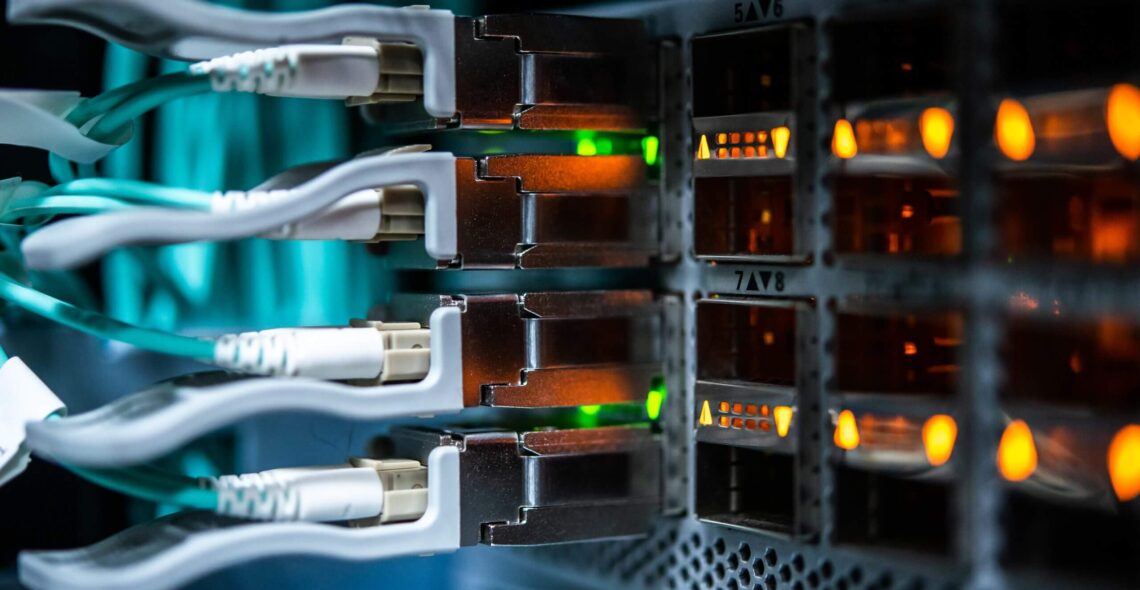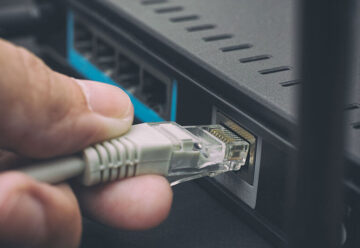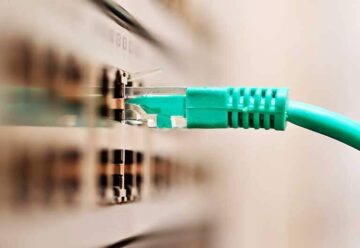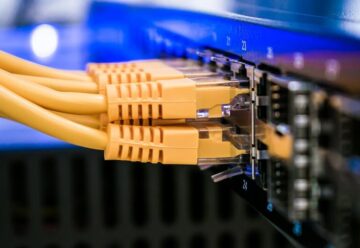Get high-bandwidth business Ethernet
What is Ethernet Private Line (EPL)?
Ethernet Private Line (EPL) provides point-to-point (P2P) connectivity between two locations. Traditionally, two network devices were connected by copper Ethernet cables over short distances. Today, fibre optic cables are typically used to provide higher capacities over longer distances.
For example, Neos Networks EPL connects a pair of dedicated User Network Interfaces (UNIs) via our high capacity fibre network.
Neos Networks EPL: point-to-point Ethernet

What are the benefits of EPL?
EPL is a high-speed link offering:
- A dedicated connection: private P2P connectivity between two locations
- Scalability: high capacity scalable from 10Mbps to 10Gbps
- Security: the connection doesn’t cross the internet, so it’s inherently secure
- Reliability: no traffic congestion from other users ensures reliability
- Low latency: no other users contend for bandwidth, so latency remains stable
In short, EPL is a high capacity P2P connection that’s ideal for mission-critical links between two sites.
What is Ethernet Virtual Private Line (EVPL)?
Like EPL, Ethernet Virtual Private Line (EVPL) offers a dedicated connection that doesn’t cross the internet. However, EVPL can enable multiple Ethernet Virtual Connections (EVCs) per UNI to support point-to-multipoint (P2MP) connectivity.
For example, Neos Networks EVPL allows you to securely connect a central hub to several other premises via our high capacity network.
Neos Networks EVPL: point-to-multipoint Ethernet

What are the benefits of EVPL?
EVPL offers similar benefits to EPL: a secure, high capacity, dedicated connection. In addition, P2MP functionality allows you to add sites to your network as your business grows. It’s a cost-effective way to connect several sites to a central office.
EPL vs EVPL networks
To sum up, both EPL and EVPL provide secure, high capacity connectivity you can scale up to 10Gbps. They combine the simplicity of private connections with the flexibility and scalability of MPLS technology.
The key difference between the two is:
- EPL is point-to-point (P2P), connecting two sites.
- EVPL is point-to-multipoint (P2MP), connecting one site to several others.
EPL and EVPL are both E-Line Ethernet services, as defined by the Metro Ethernet Forum. There are various other Business Ethernet options, such as VPLS (E-LAN) for any-to-any connections or NNI (E-Access), a high capacity connection to external networks.
If you’d like to discuss which is best for you, get in touch. We’ll be happy to make Ethernet work for your business.





